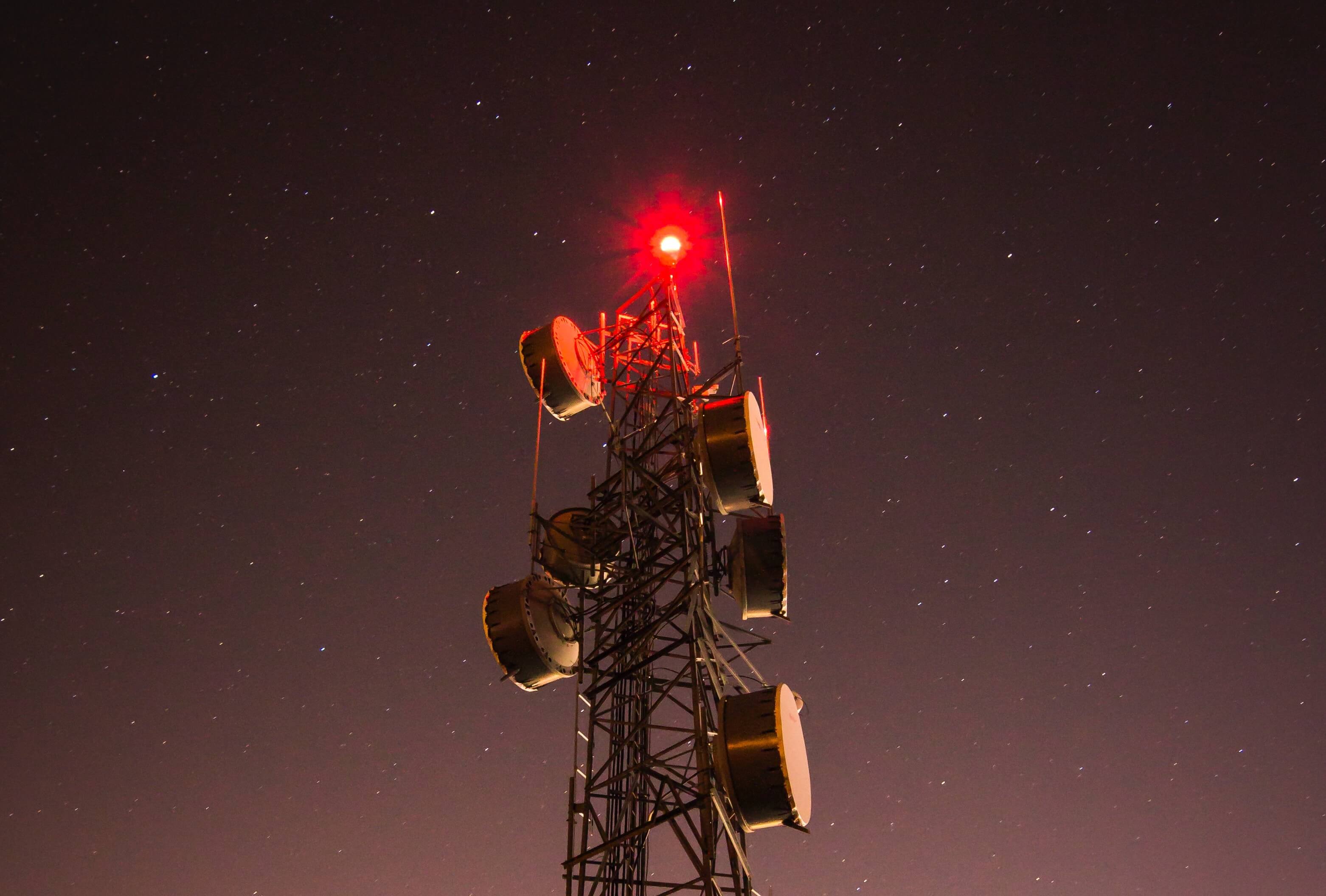What is the safest distance from the 5G cell Tower system?

If you've ever been through a town and spotted tiny cell towers for 5G on the poles of street lights. They look like little boxes however they're actually sending wireless signals from cellular providers to your phone.
https://nonon-centsnanna.com/members/teanapkin6/activity/147848/ are replacing the larger built cell towers. While they're not as noticeable but they can still cause issues for users.
The FCC's Radiation Exposure Thresholds
The FCC's Radiation Exposure Thresholds define the safe limit at which a person can be exposed to electromagnetic radiation from wireless devices. The limits for exposure are based on research that show that RF energy can cause harm to health.
The specific absorption rate (SAR) is an indicator of the amount of radiofrequency energy that is absorption by tissues. It's usually 1.6 milliwatts per kilogram calculated over one Gram of tissue.
However, because 5g transmits at higher frequencies and has the potential to increase the intensity of energy on the skin and other exposed body parts. This can lead to various potential harms, including exacerbated development of skin diseases such as dermatitis and cataracts, and skin cancer.
Due to the possible negative effects of 5G radiation, PSU has chosen to set a general localized power density limit of 4 mW/cm2 measured on 1cm2, and never exceeding 30 minutes for the entire 5G spectrum at 3000 GHz. This localized limit is consistent with the maximum SAR that is spatially averaged at 1.6 W/kg, averaged over one 5 grams of body tissue, at 6 GHz.
The FCC's Maximum Exposure Thresholds
If you've ever used a mobile phone, you probably know that the safest distance from the tower is at least 400 meters. This is because the power of the transmission of a cell tower increases dramatically the farther the tower is.
Although this may sound like something that's good, the reality is that people living in close proximity to towers may actually be more susceptible to health problems. For instance, a 2014 study in India discovered that people who lived within 50m of cell towers experienced significant more health issues than those living further far from antennas.
However, this study also showed that residents who moved to areas further away from cell towers noticed their symptoms improve within a couple of days. safe distance to live from cell phone tower have also revealed that exposure to high levels of radiofrequency electromagnetic fields (EMFs) could cause cancer, brain tumors and other health issues.
This is due to the fact that radiofrequency radiation, which is utilized in wireless communication, can penetrate the body's outer layer, the skin. It is vital to be aware of this because the skin acts as a shield against mechanical injury, infection by pathogenic microorganisms, and the entry of harmful substances. It is also the biggest organ of the human body, and is responsible for keeping the integrity of the other organs.
The FCC's Minimum Exposure Thresholds
The FCC's Minimum Exposure Thresholds are based on a variety of assumptions that are not supported by scientific evidence. This includes the false assumption that exposures to RF radiation are safe due to minimal penetration into the body (i.e., tissue heating).

The assumption also ignores the greater penetration of ELF elements of modulated radio signals, as well as the effects on the body of short bursts generated by RF waves that are pulsed. what is a safe distance from a cell tower do not correspond with the current understanding of biological effects of RF radiation, and thus they shouldn't be considered for health protection exposure standards.
In addition, the ICNIRP and FCC are limiting their maximum exposure limits to local peak SARs that are based on the peak frequency of absorption (psSAR) which is not a sufficient dosimetric tool to determine the degree of radiation exposure. Particularly it is inconclusive for frequencies that exceed 6 GHz. Additionally, psSAR hasn't been evaluated for RF radiation with co-exposure to other environmental agents , such as sunlight. Interactions of RF radiation and other environmental agents may cause synergistic or antagonistic impacts. This could result in an increased risk of negative health consequences. For example, co-exposure to RF radiation with sunlight may cause an increase in the incidence of skin cancer, as well as aggravate other skin conditions like acne.
